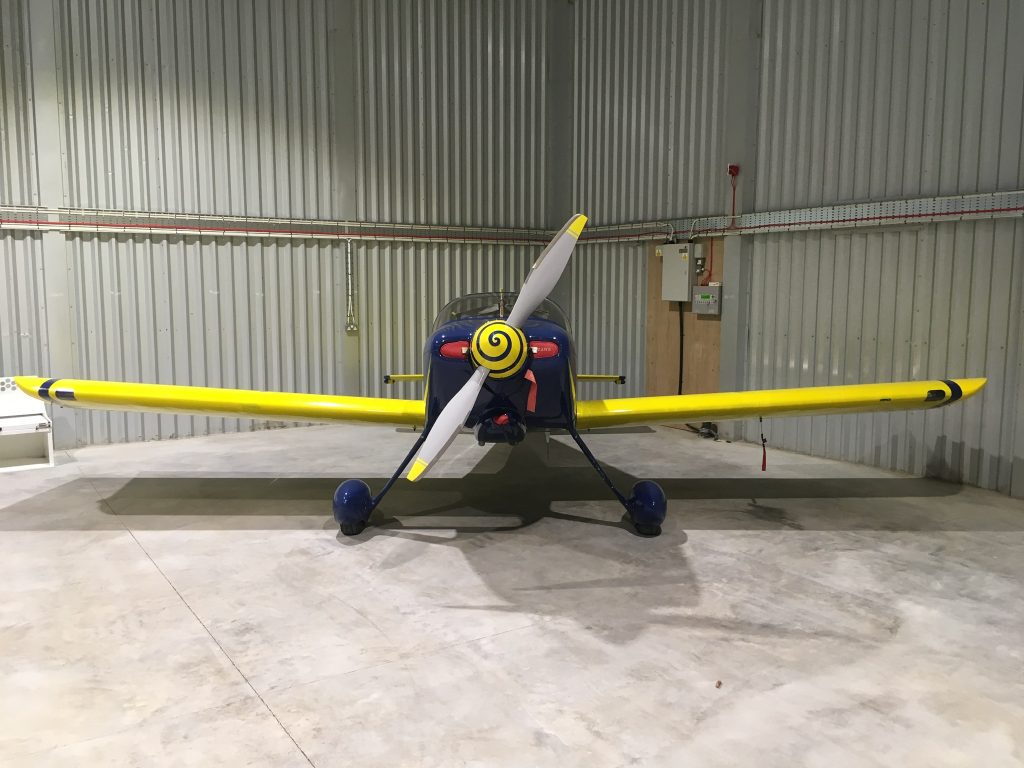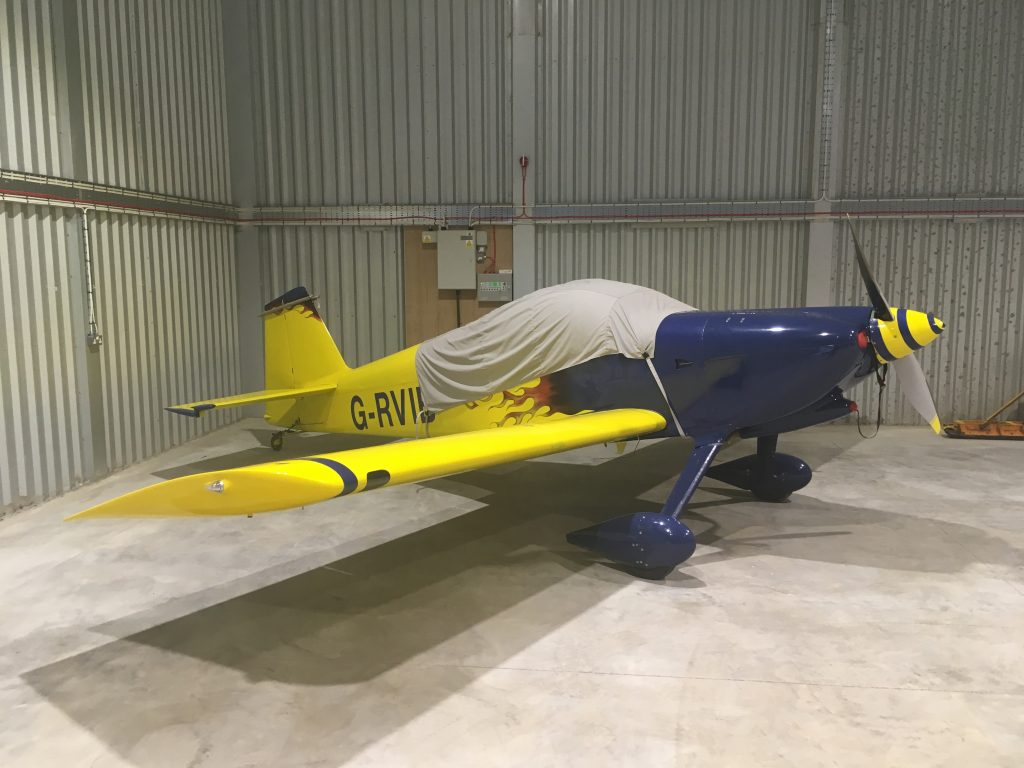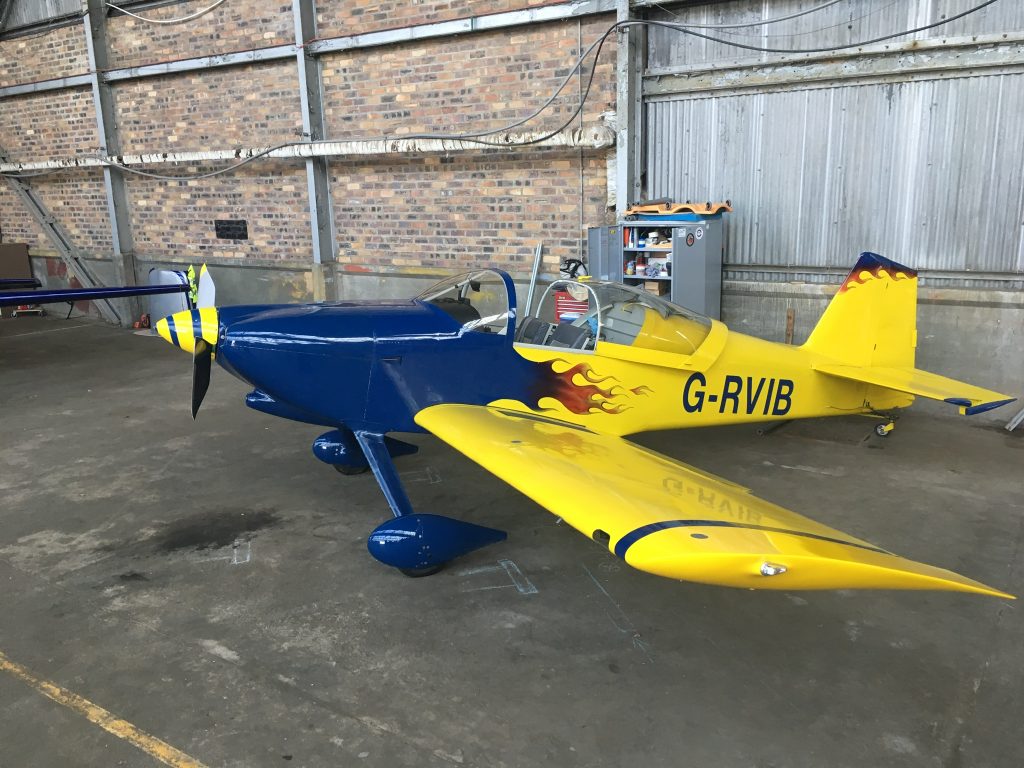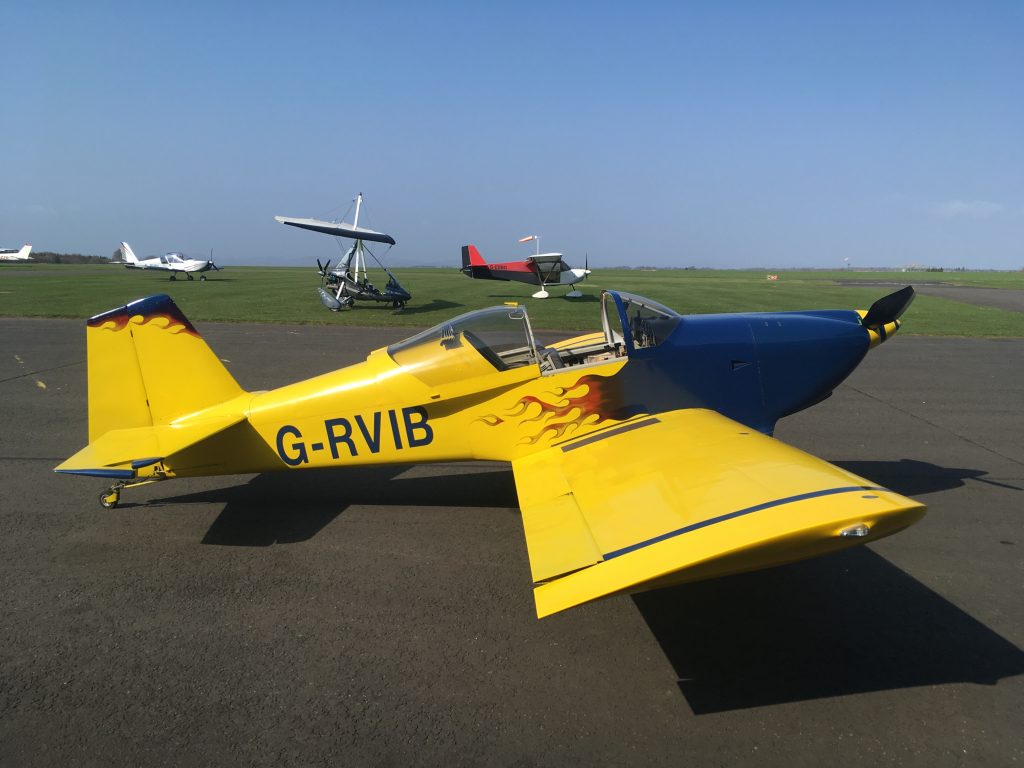Work, a holiday and the good old Scottish weather got in the way for a few weeks, but it was finally time to take the new steed out for a blast. But first a fill up at the pumps. 80 litres of Avgas is a little bit more expensive than 20 litres of Tesco’s finest unleaded “Mogas” 🙁
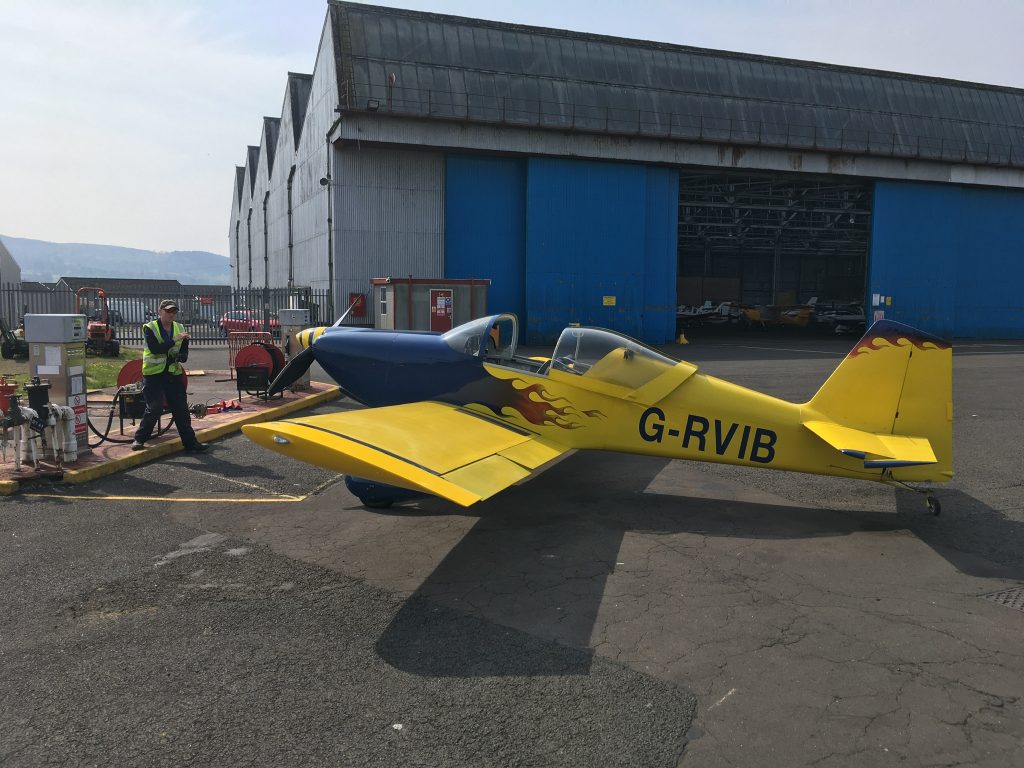
Once refuelled, we launched off into the distance. First impressions were – what an awesome aircraft. Flat out at low level we were getting 160 knots, as opposed to the Sting’s 120.
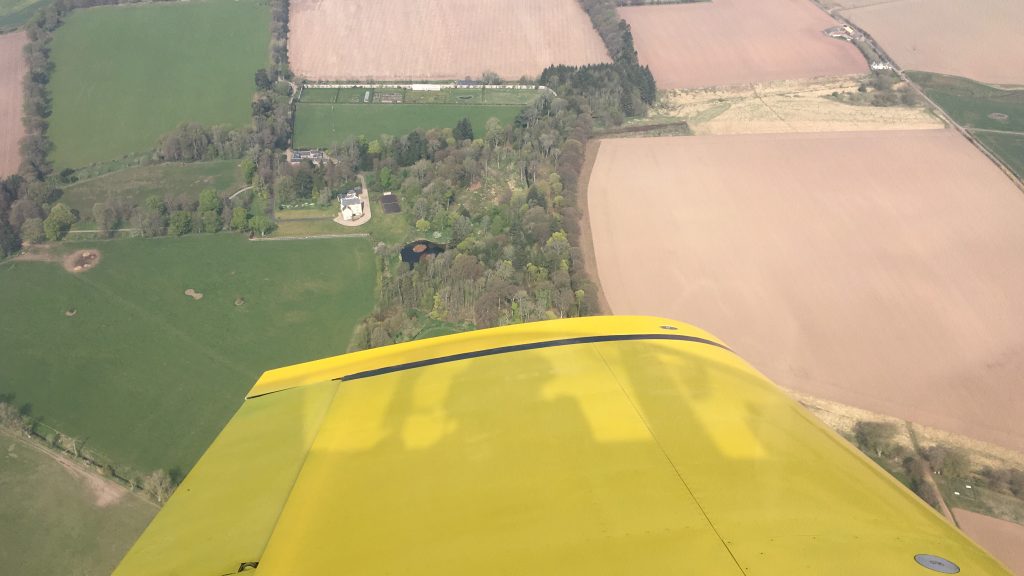
Obviously we don’t go flat out all the time, but even at cruise power there’s a significant increase on the Sting – good for going places. There are auxiliary fuel tanks in the wingtips which increase the max fuel load from 140 to 210, offering an extra 2 hours endurance. Useful when going to Sweden…we found that refuel stops take time and cost money, not just for the fuel but also landing fees, ice creams etc.
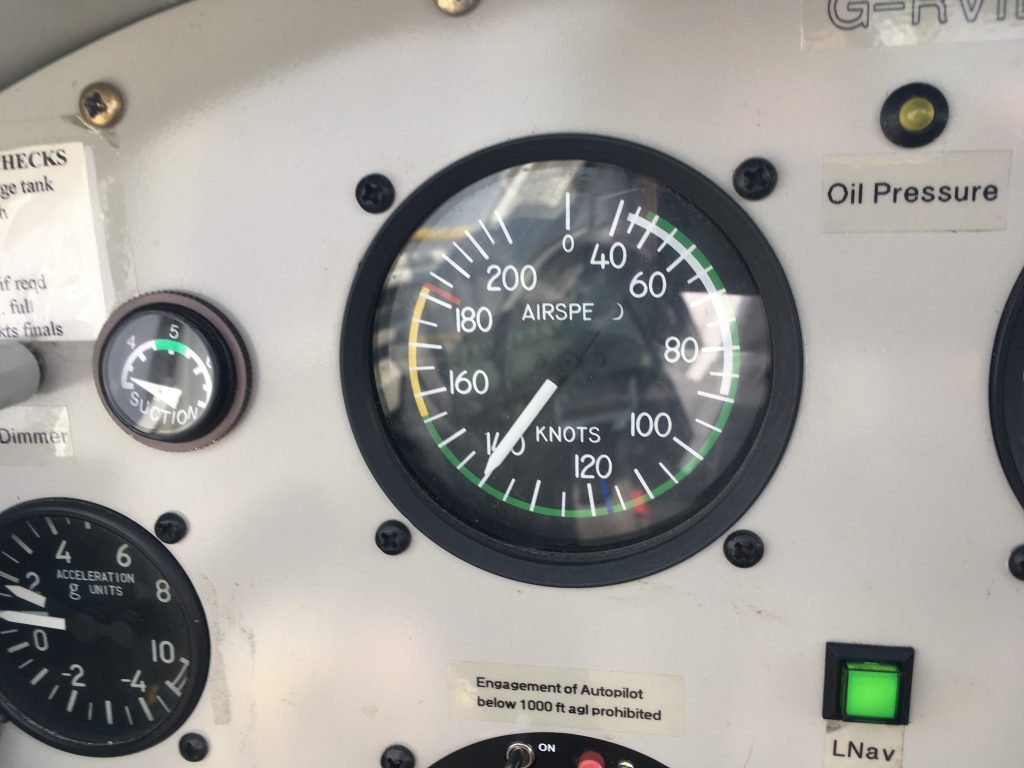
Notice the suction gauge reading, it’s a gauge problem and not a failure of the vacuum pump, the vacuum driven instruments all sprang into life as soon as the engine started so the pump is definitely working. It could be a faulty gauge or just kink in the air line to the gauge, but it’s something for the tinkering list.
The first flight was spent just tooling around having fun, investigating the performance, looking out the window and taking a few photos. Here’s the former RAF airfield at Stracathro, now all that remains is the perimeter track:
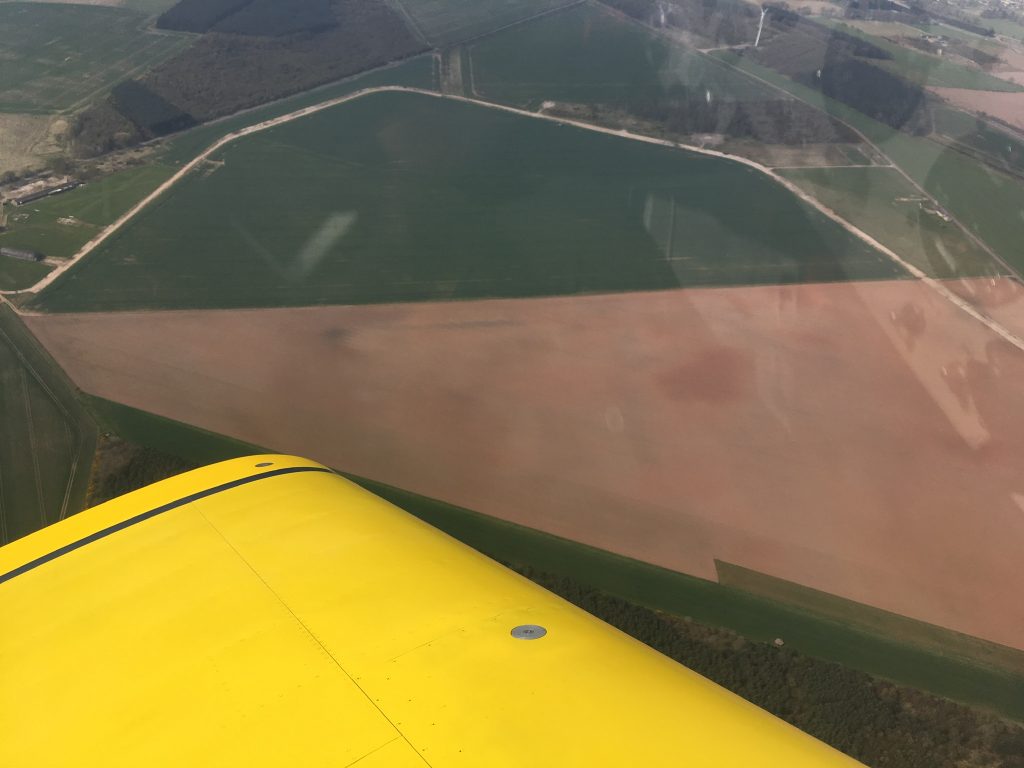
There’s a thing called the “RV Grin” – I used to think it was just a marketing ploy by Vans Aircraft…now I know it’s a real thing:
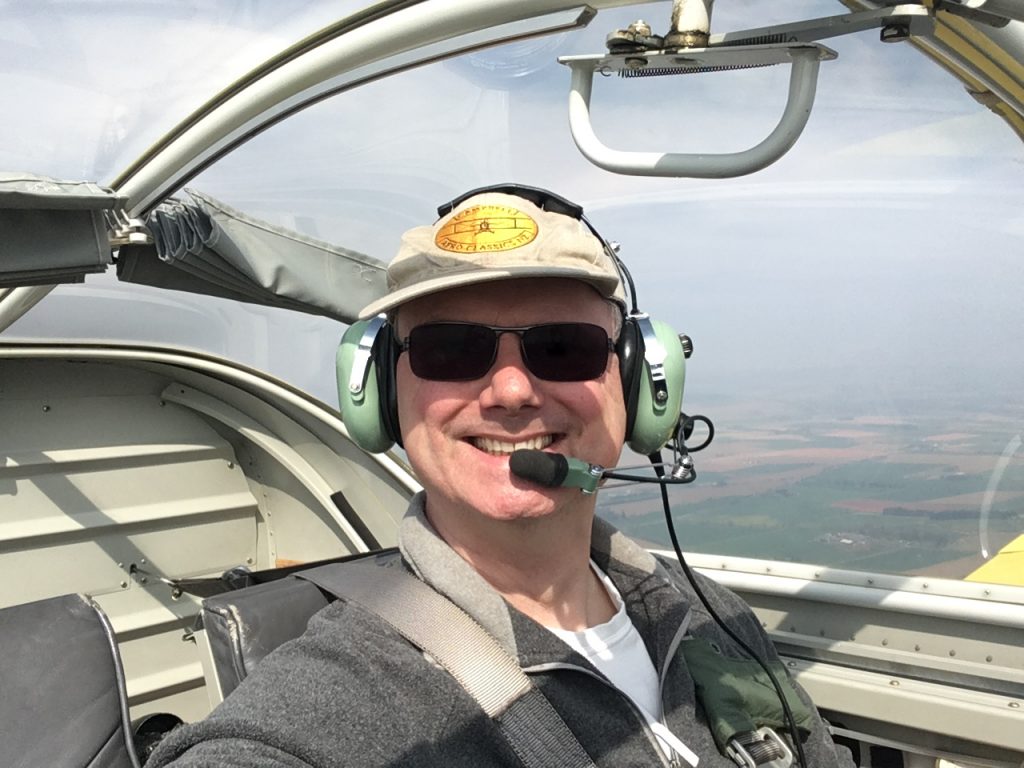
This was taken before my first ever landing on type. Luckily the landing was fine and without drama, so the RV grin persisted long after the aircraft was put to bed in the hangar…

